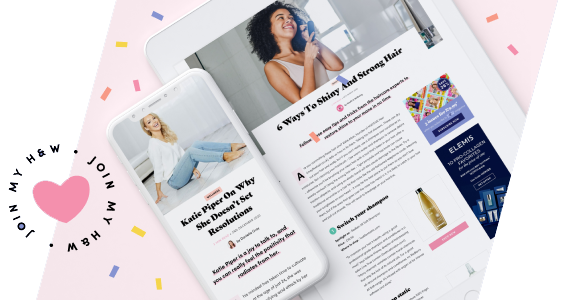If you’ve recently caught yourself stretching your arm out to read a menu or blaming the restaurant lighting for why you can’t make out the bill, you’re in very familiar midlife territory. Most of us start to notice small changes to our near vision in our forties, but many keep quiet, assuming it’s just another sign of “old eyes”. It can feel worrying in the moment, but what’s really going on is much simpler.
Presbyopia is simply what happens when the small lens inside the eye becomes less flexible with age. When we’re younger, the lens bends and refocuses effortlessly; by midlife, the process becomes a little sluggish. It’s no more dramatic than waking up one morning and realising you suddenly prefer supportive trainers over flimsy ballet pumps. Normal, human, and absolutely nothing to feel self-conscious about.
The early signs tend to creep in gently. Words seem slightly fuzzy, you find yourself holding your phone at a strange angle, or your eyes feel tired after reading. Many people notice they need stronger light to see comfortably or get headaches after long stretches of computer work.
There are also a few persistent myths that can make presbyopia sound far scarier than it is. It doesn’t mean your eyesight is “failing” or that you’ll inevitably end up with bifocals hanging around your neck. And no, you haven’t “missed the boat” for laser eye surgery once you hit your forties. In fact, modern treatments for presbyopia are more sophisticated than ever.
Flexible treatments
Before anyone recommends a correction method, the eyes are examined carefully to understand not just the prescription, but how the eye surface is functioning, how the lens is ageing, and what kind of vision someone actually wants day to day. This is the bit that really matters: choosing something that fits your lifestyle, not one-size-fits-all fixes.
So, what are the options?
One choice is modern multifocal contact lenses. These aren’t the awkward lenses people struggled with in the early 2000s; the technology is much more refined now, giving clear, comfortable vision for everything from reading recipes to spotting your train on the departure board.
Another option is blended vision laser correction, where treatments such as PRESBYOND or PresbyMAX gently reshape the cornea to increase depth of focus. It’s a bit like widening your camera lens; everything from near to far becomes easier to see without juggling glasses.
For those wanting a longer-term solution, refractive lens exchange replaces the stiffening natural lens with a new artificial one tailored to your needs. There are different types from which to choose, including multifocal and trifocal lenses. A bonus is that replacing the ageing lens now prevents cataracts later, which many people find reassuring.
There are also implantable contact lenses (ICLs), which sit inside the eye rather than on its surface and don’t involve removing the natural lens. These can be helpful for people who aren’t suited to laser surgery.
And of course, reading glasses themselves remain a perfectly good option. Some people prefer them, some keep them dotted around the house, and others use them only occasionally. There’s no “right” way to manage presbyopia; there’s only what feels comfortable in your everyday life.
Healthy habits
Lifestyle tweaks can also make a real difference to how comfortable your eyes feel. Omega-3s (found in salmon, walnuts and flaxseed) support the tear film, which helps with clarity. Leafy greens, berries and brightly coloured vegetables nourish the retina with antioxidants. The 20-20-20 rule is surprisingly effective: every 20 minutes, look 20 feet away for 20 seconds. It gives your eyes a mini reset during screen-heavy days.
Hydration matters too. Even mild dehydration can make the eyes feel gritty or strained. And don’t forget sunglasses; UV protection is just as important for your eyes as it is for your skin, regardless of the season.
If you’ve started noticing changes in your near vision, the most helpful step is simply to have your eyes checked. Not because something alarming is happening, but because understanding what’s going on lifts the worry almost instantly. A personalised assessment can show you exactly what your options are, from simple glasses to long-term correction, and the reassurance alone can feel like a weight off your shoulders.
Presbyopia isn’t a decline. It’s a shift, one that everyone experiences sooner or later. And with the right support, midlife vision can be clearer, more comfortable and far more confidence-boosting than many people expect.
About the expert
Mr Mfazo Hove MBChB MD FRCOphth CertLRS is Lead Consultant Ophthalmic Surgeon and Founder of Blue Fin Vision®, a consultant-led eye clinic with locations across London and the South East. Having performed over 50,000 eye procedures, he is known for combining advanced surgical expertise with clear, compassionate communication, helping patients feel informed and at ease about their eye health.




















